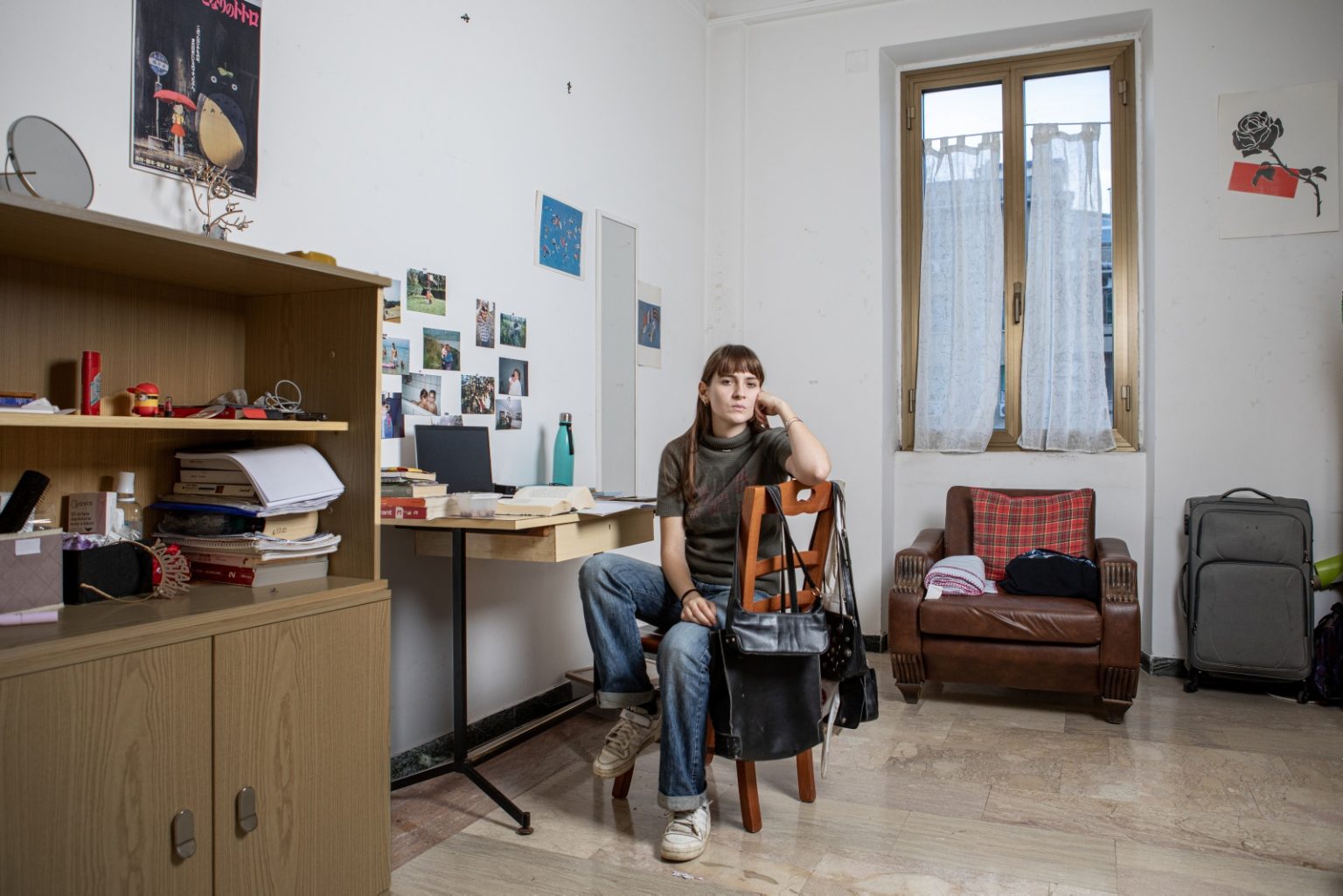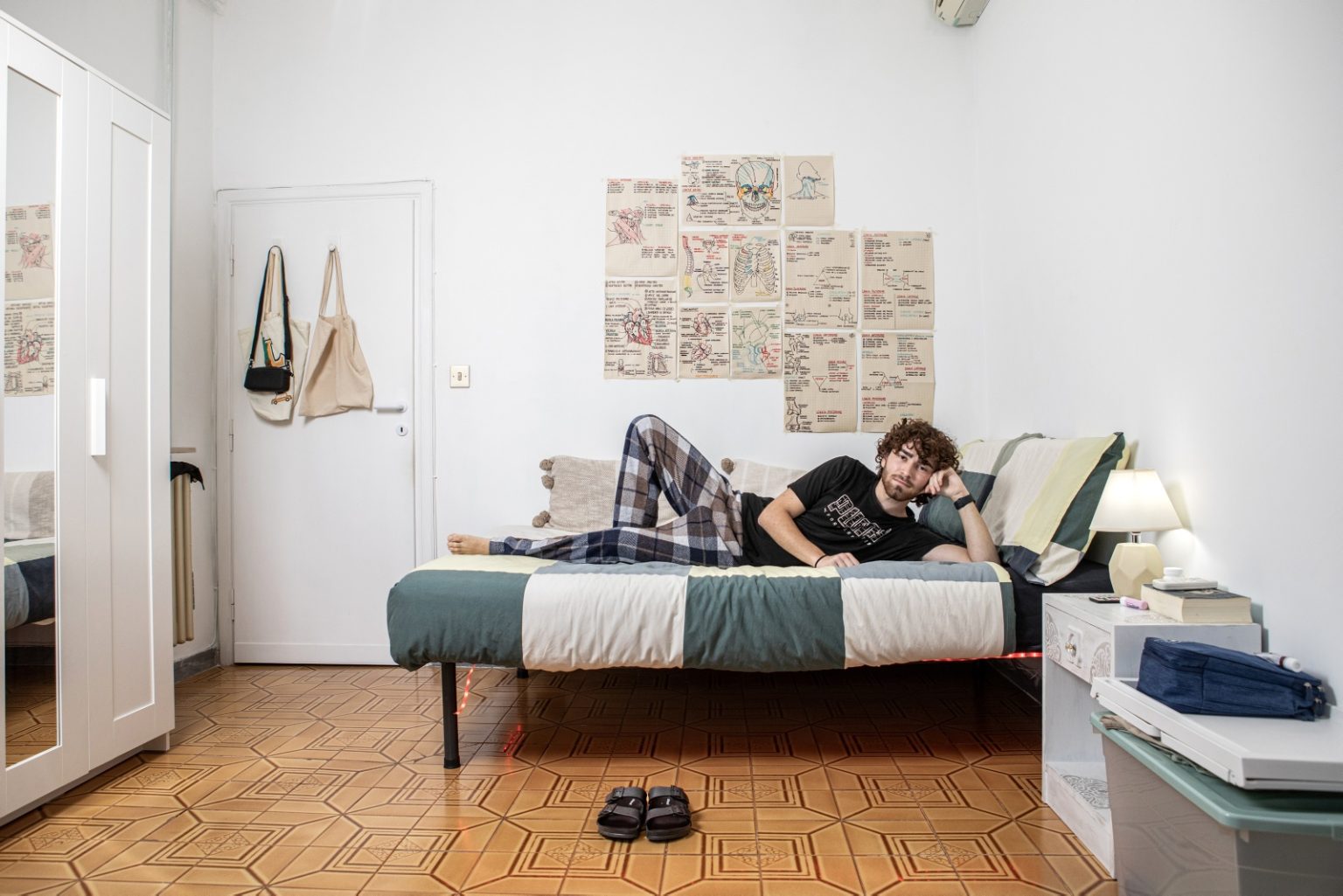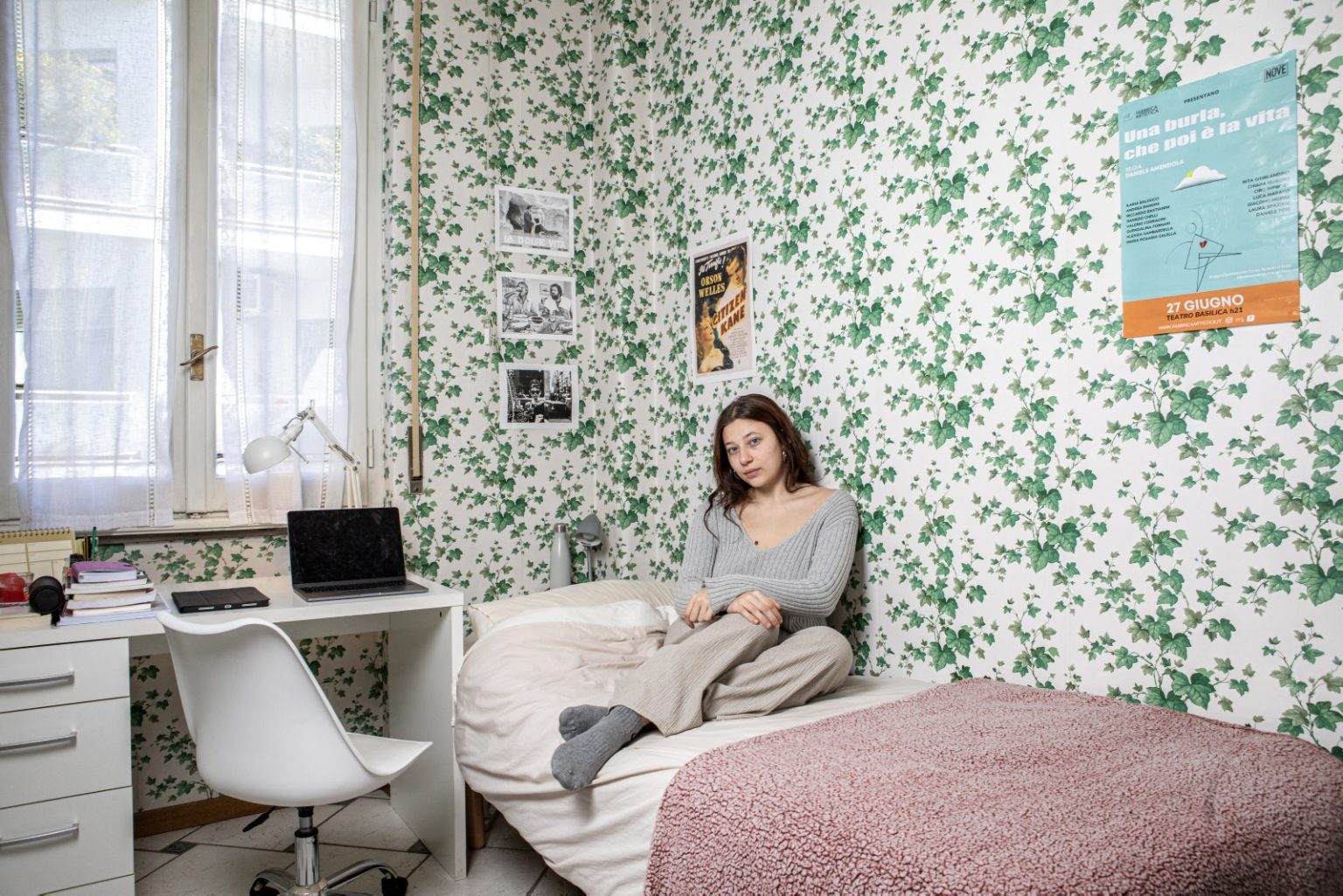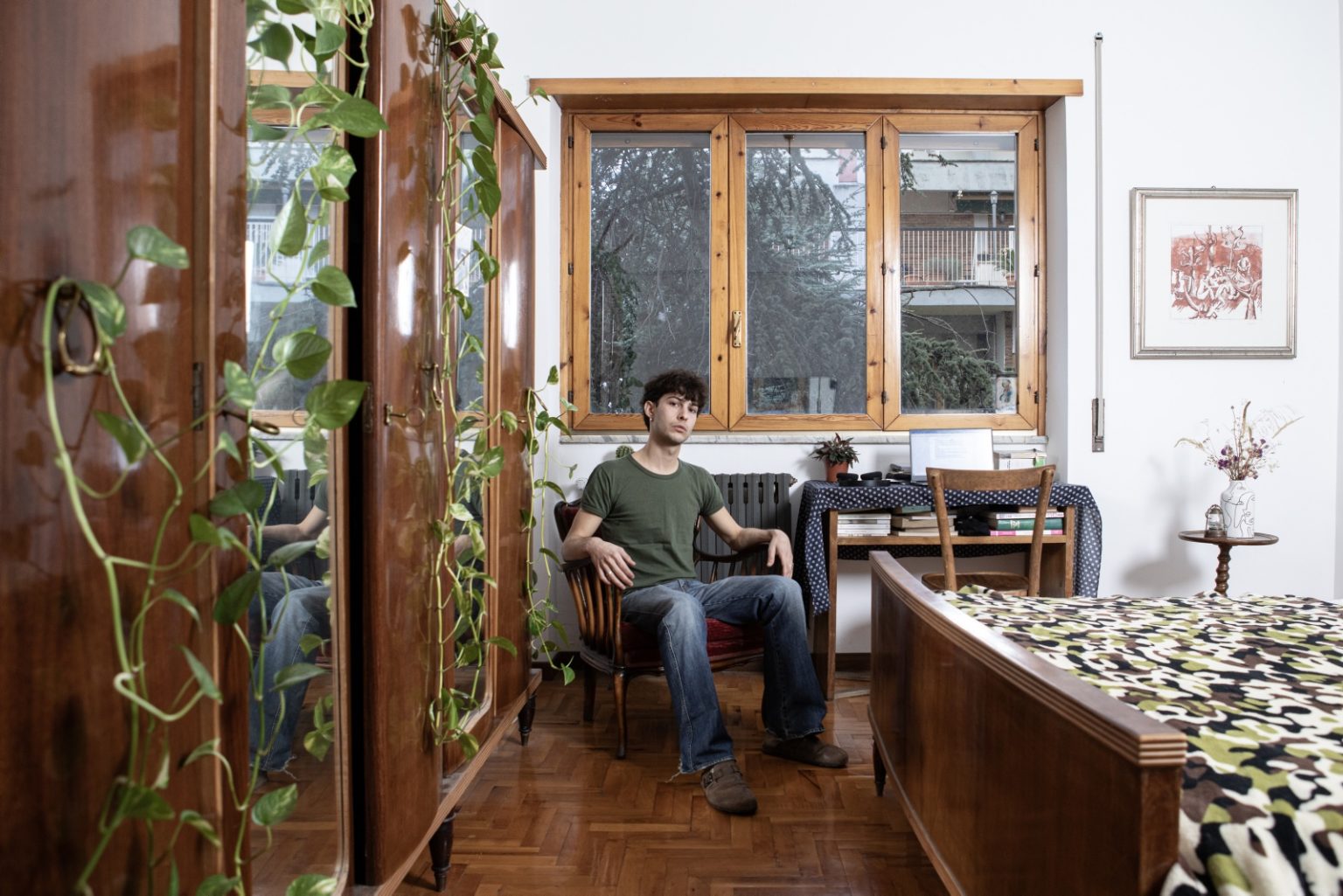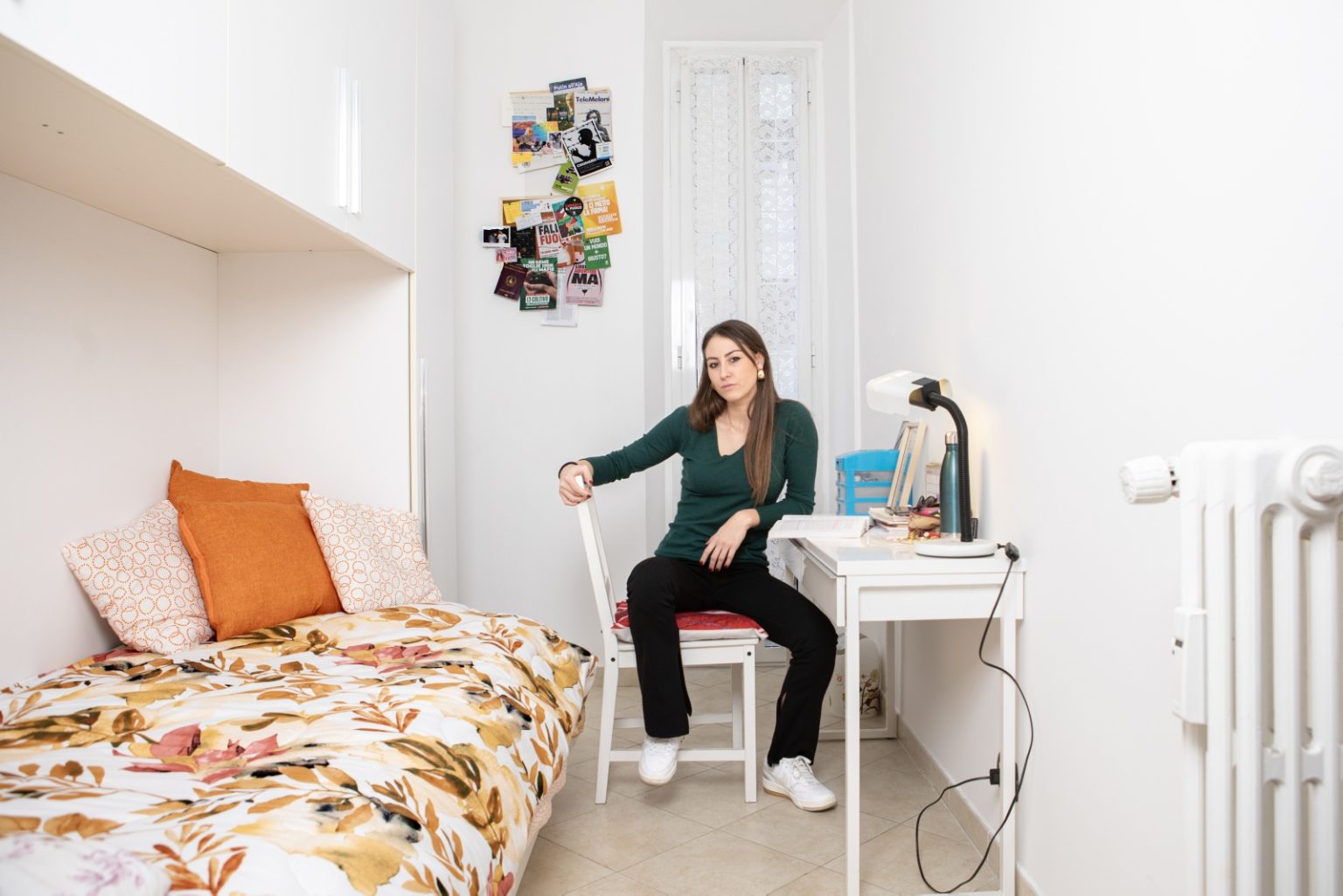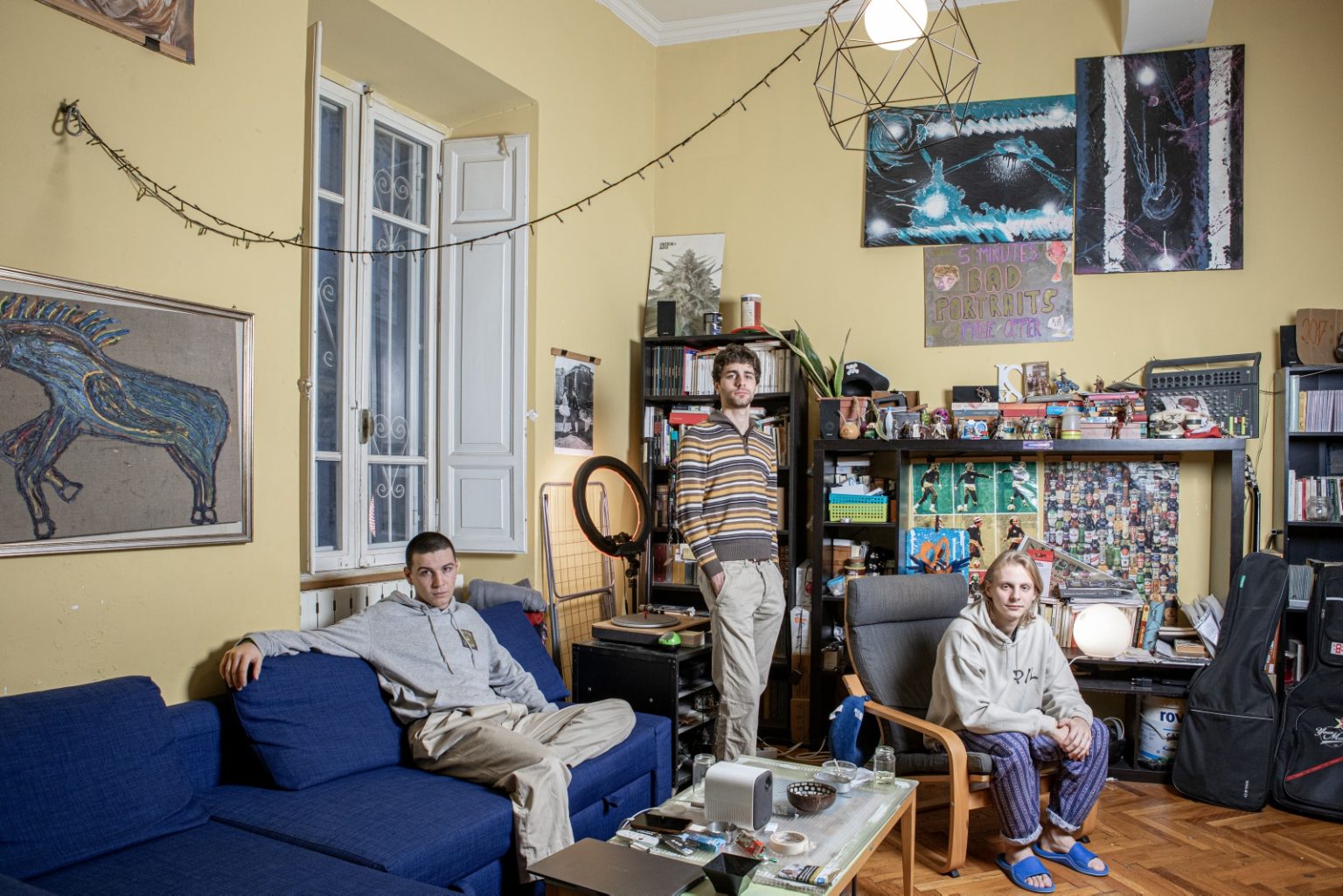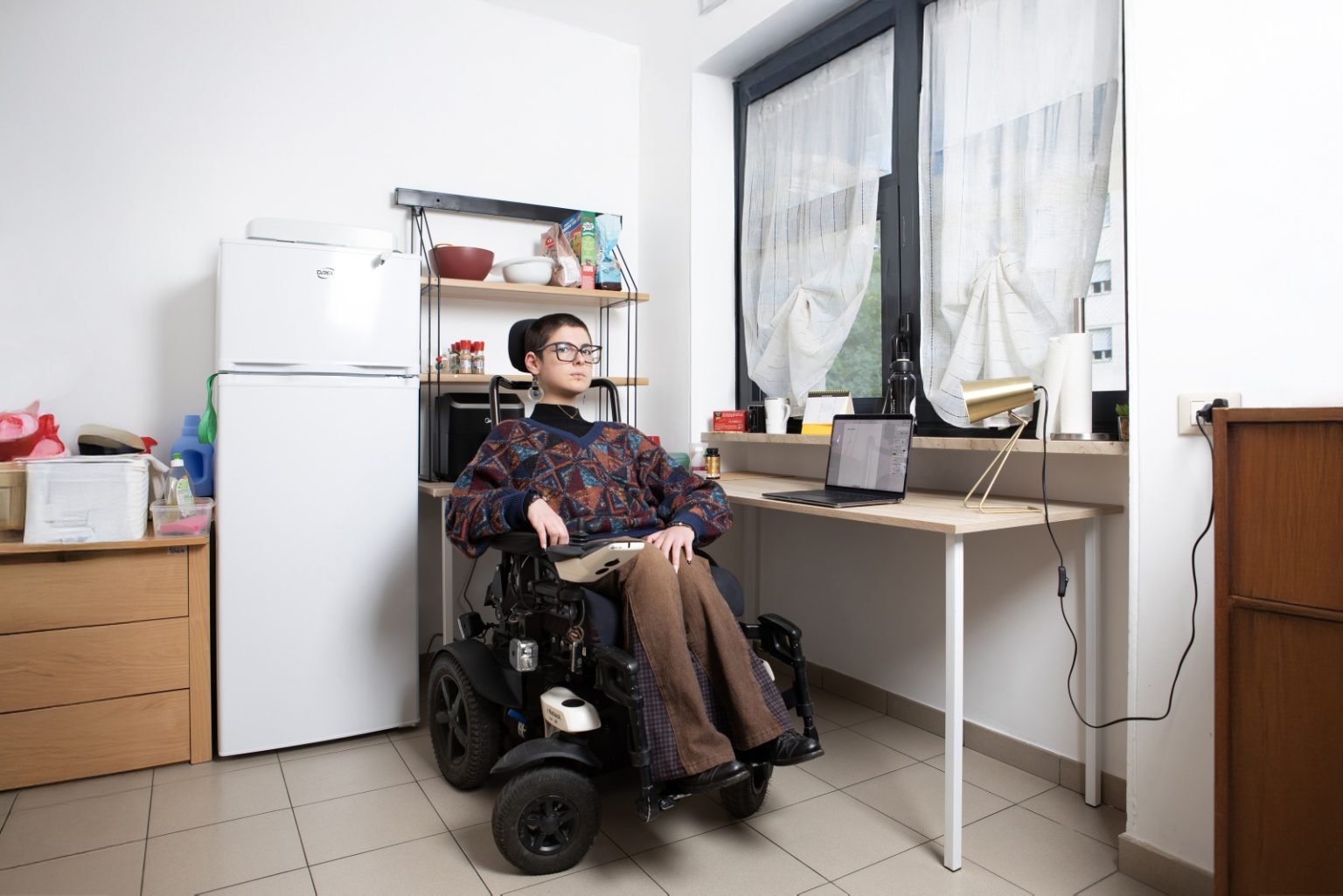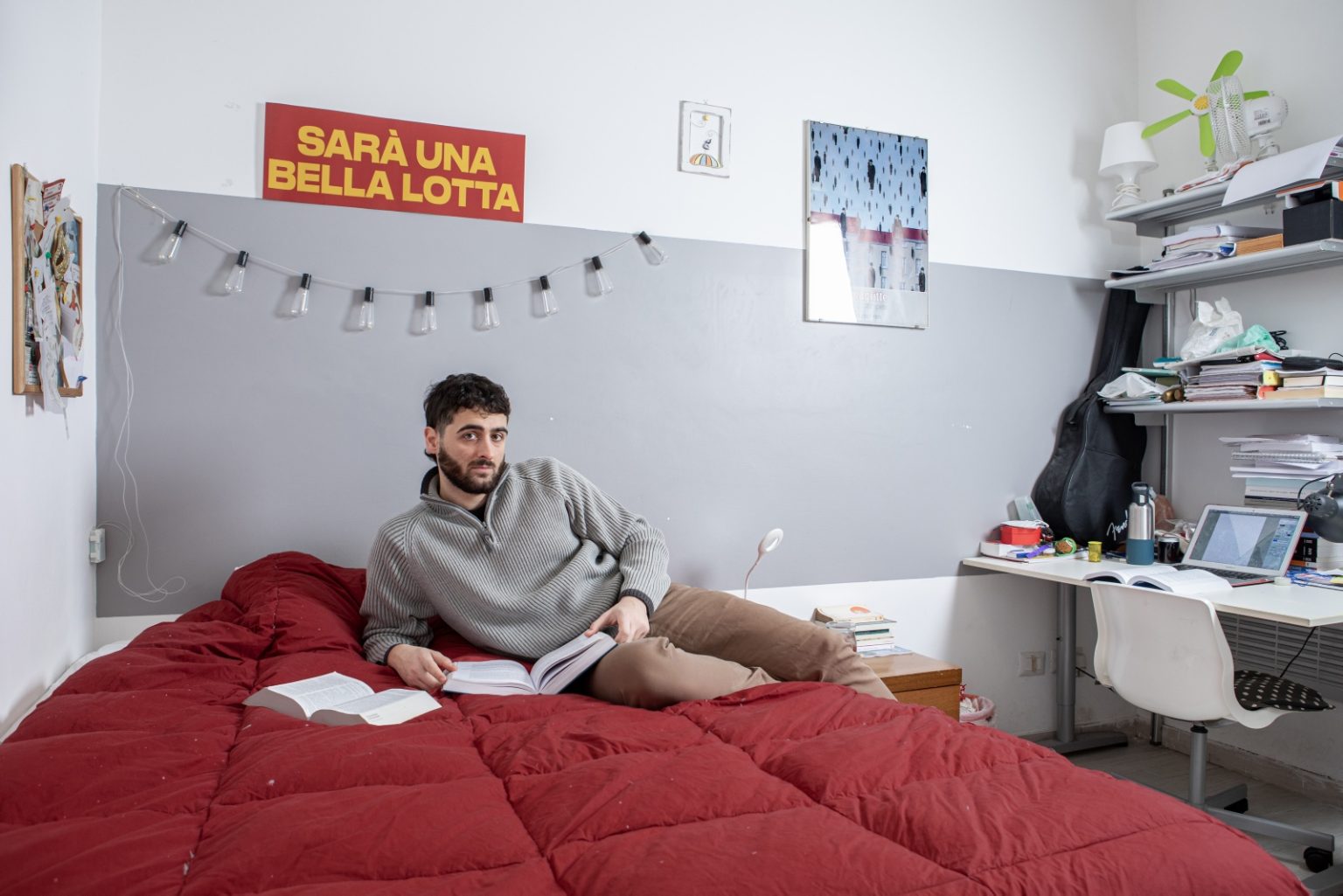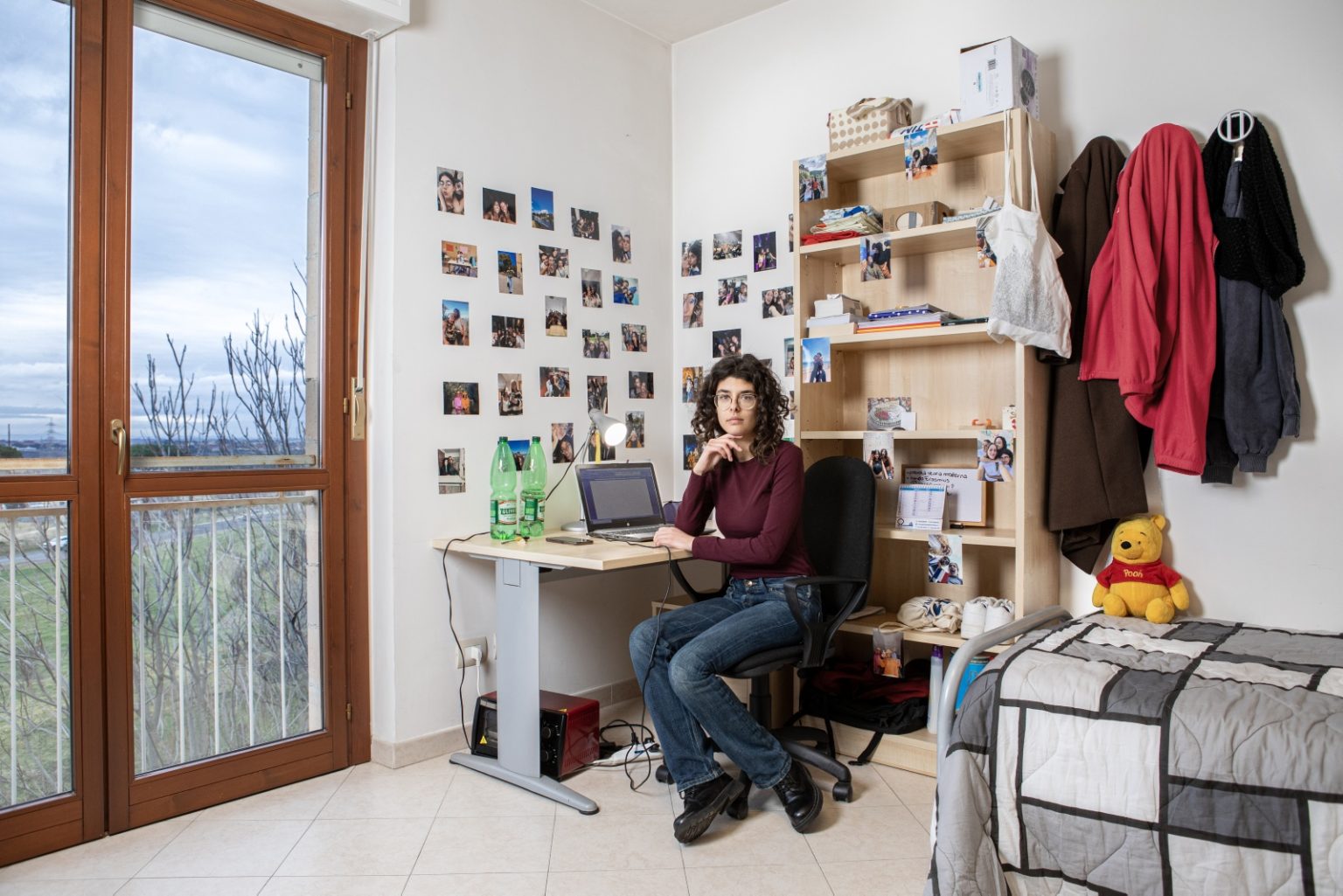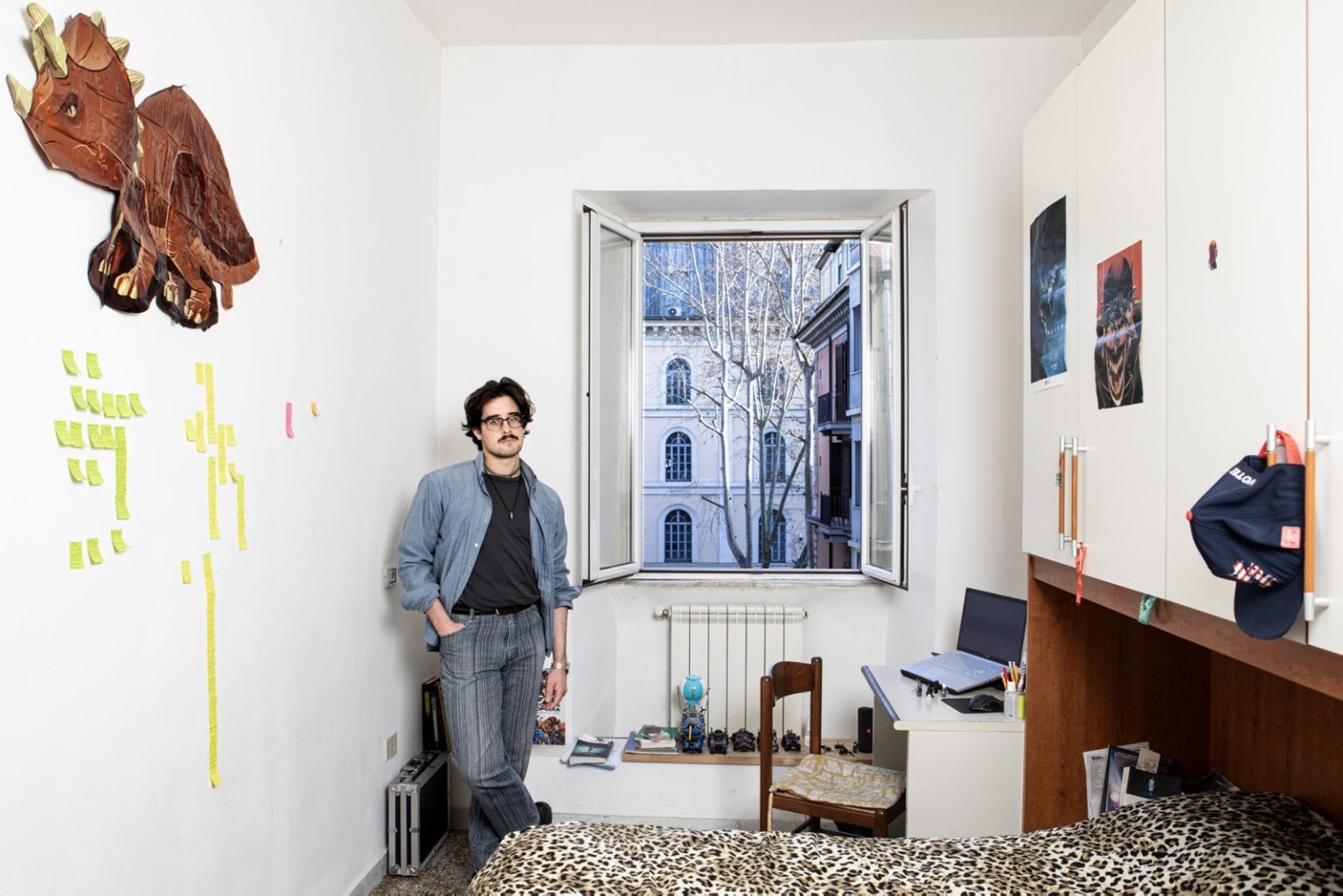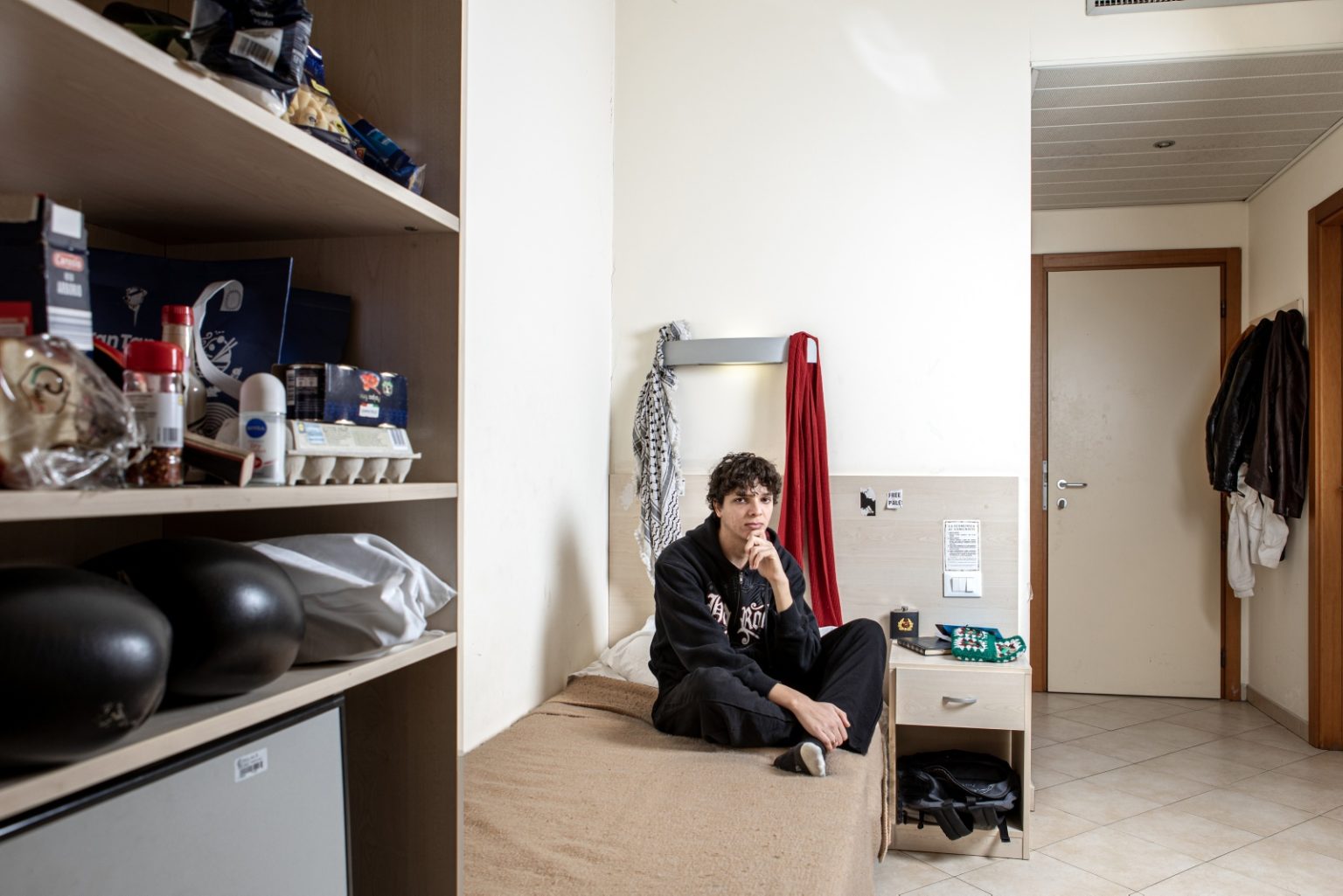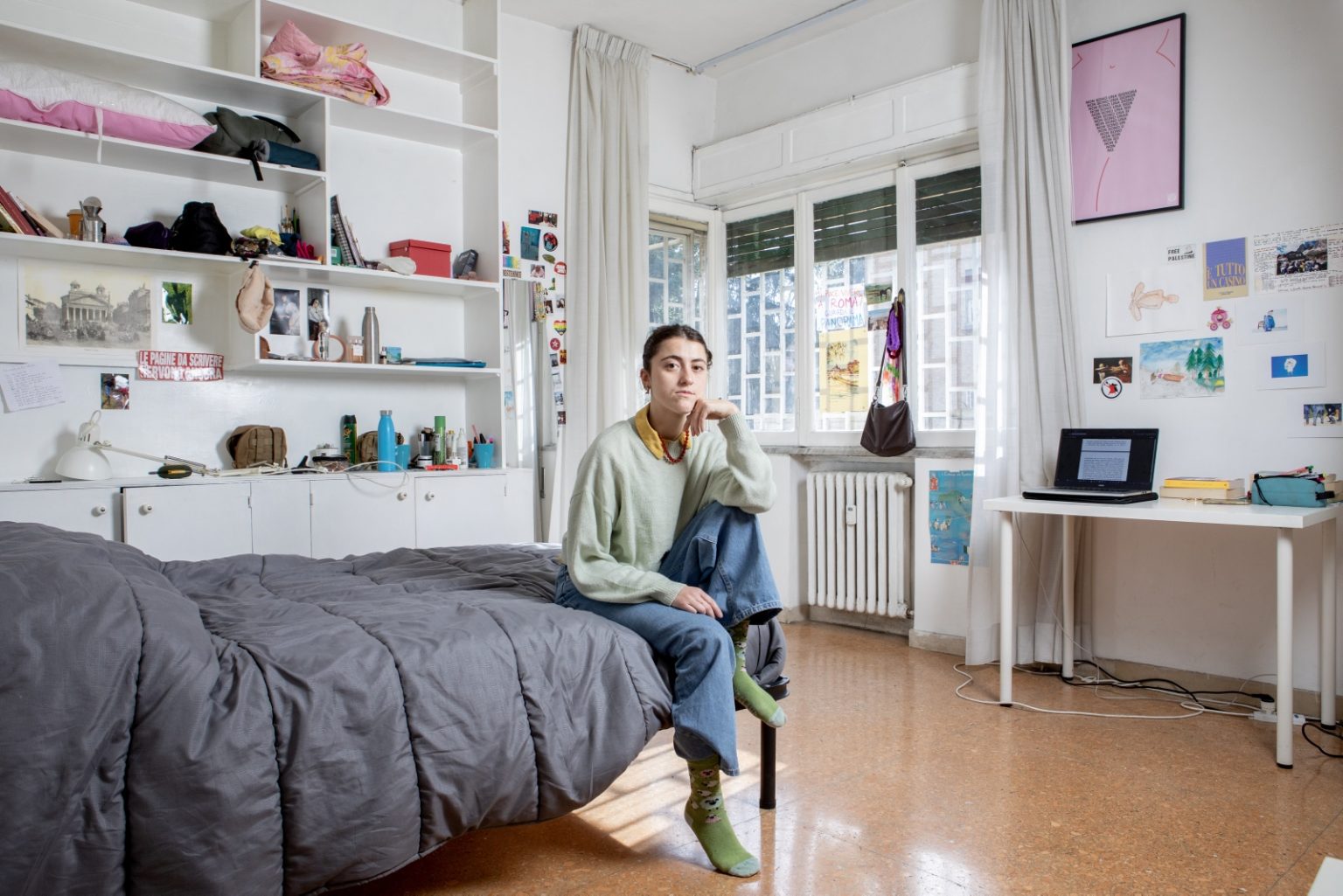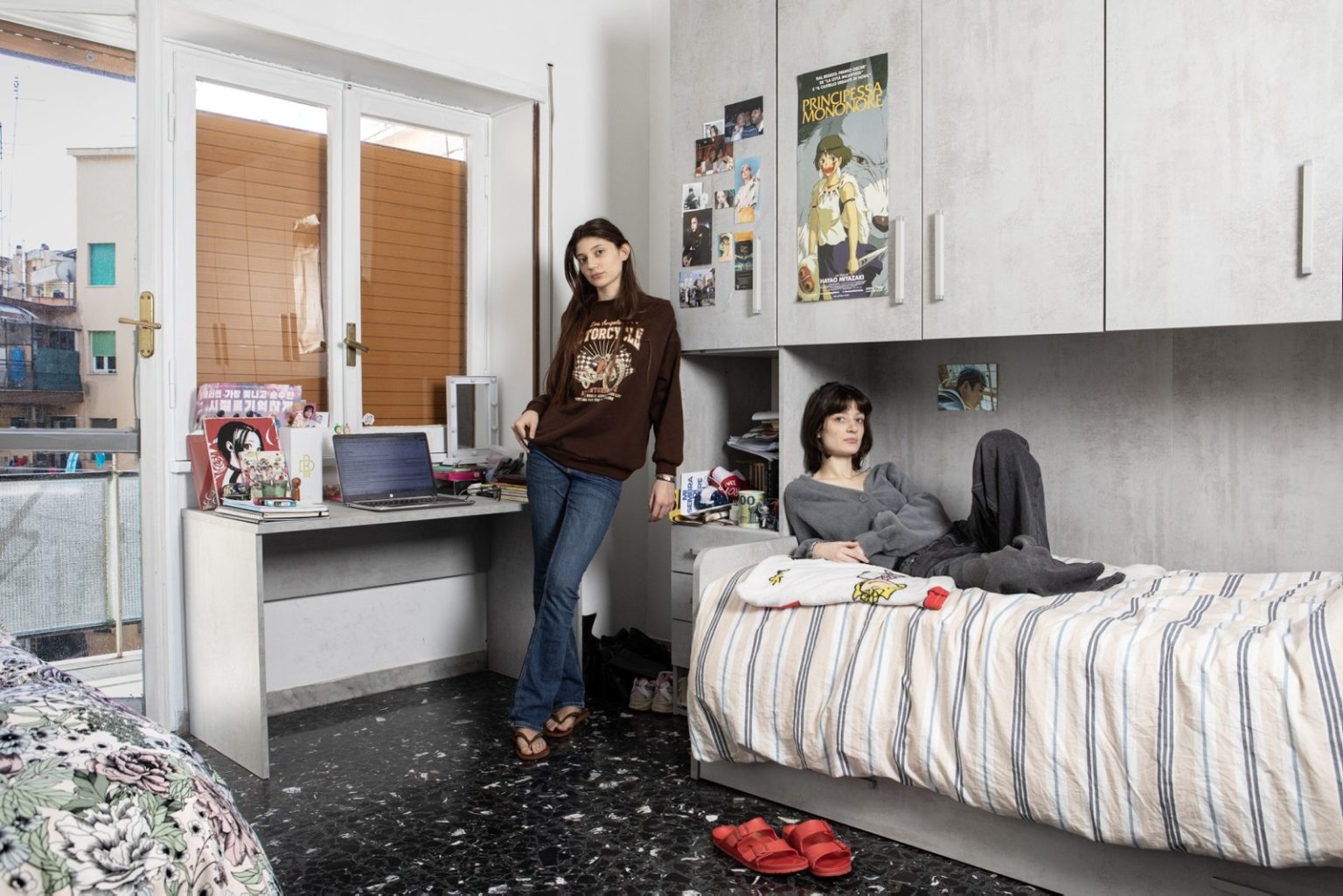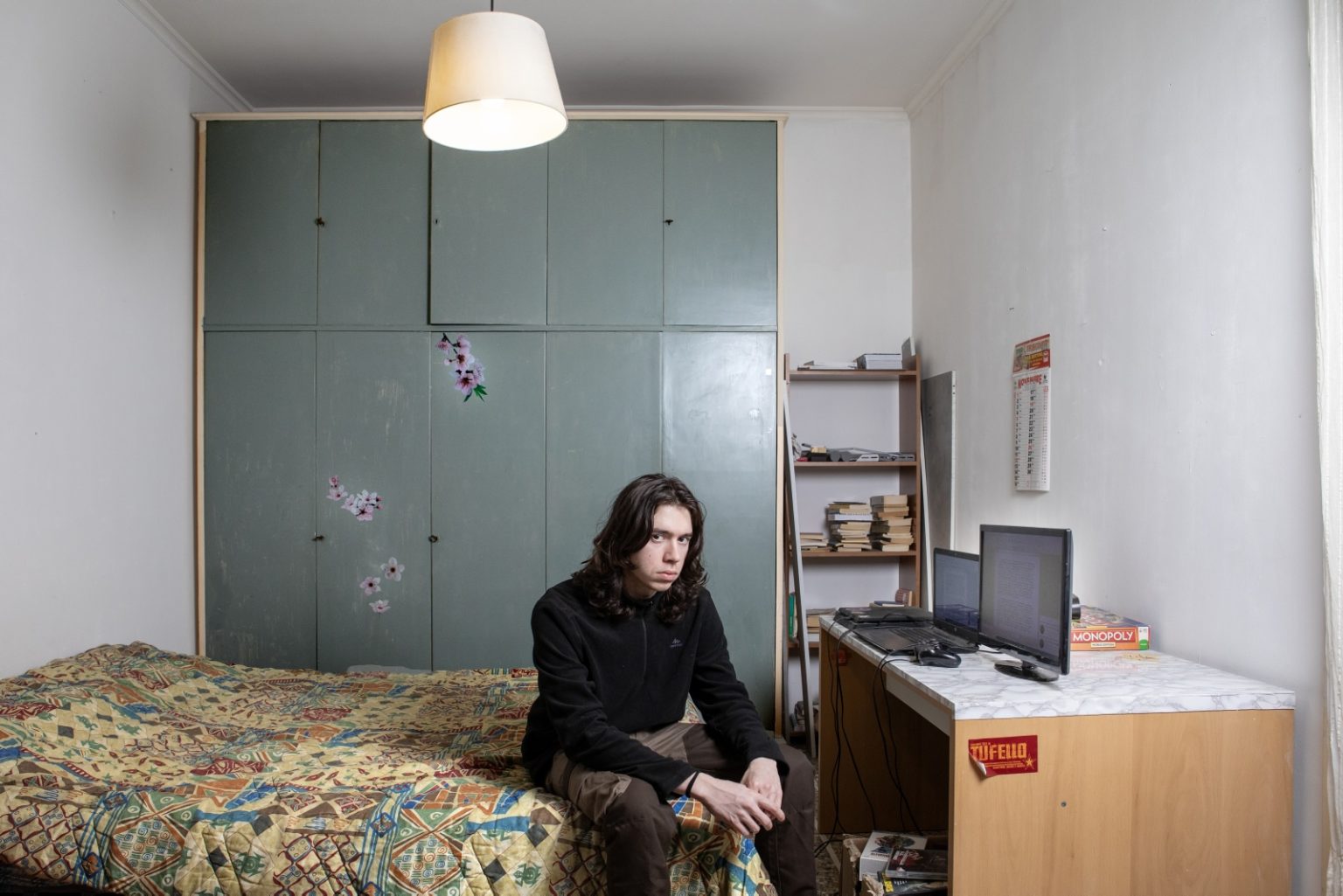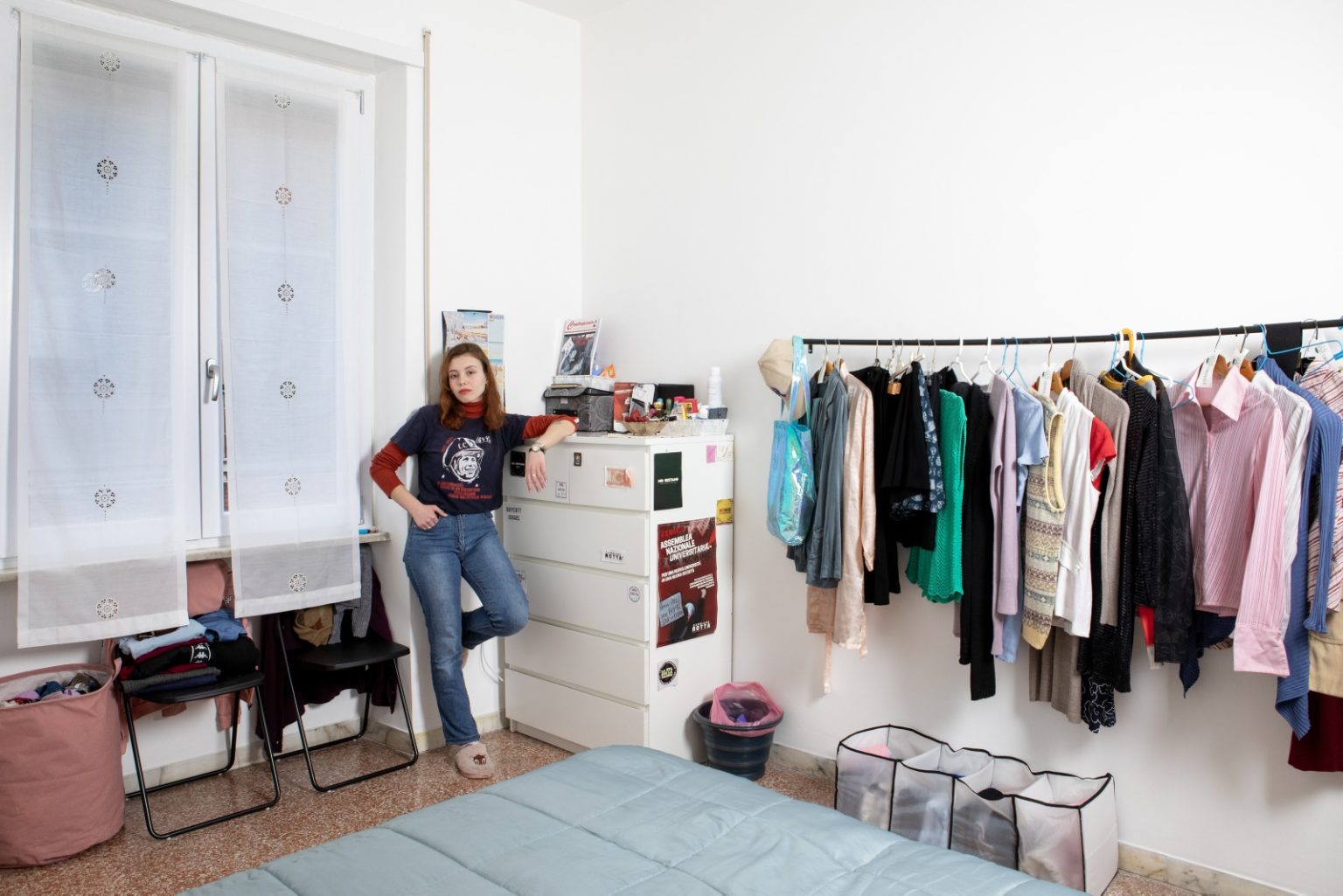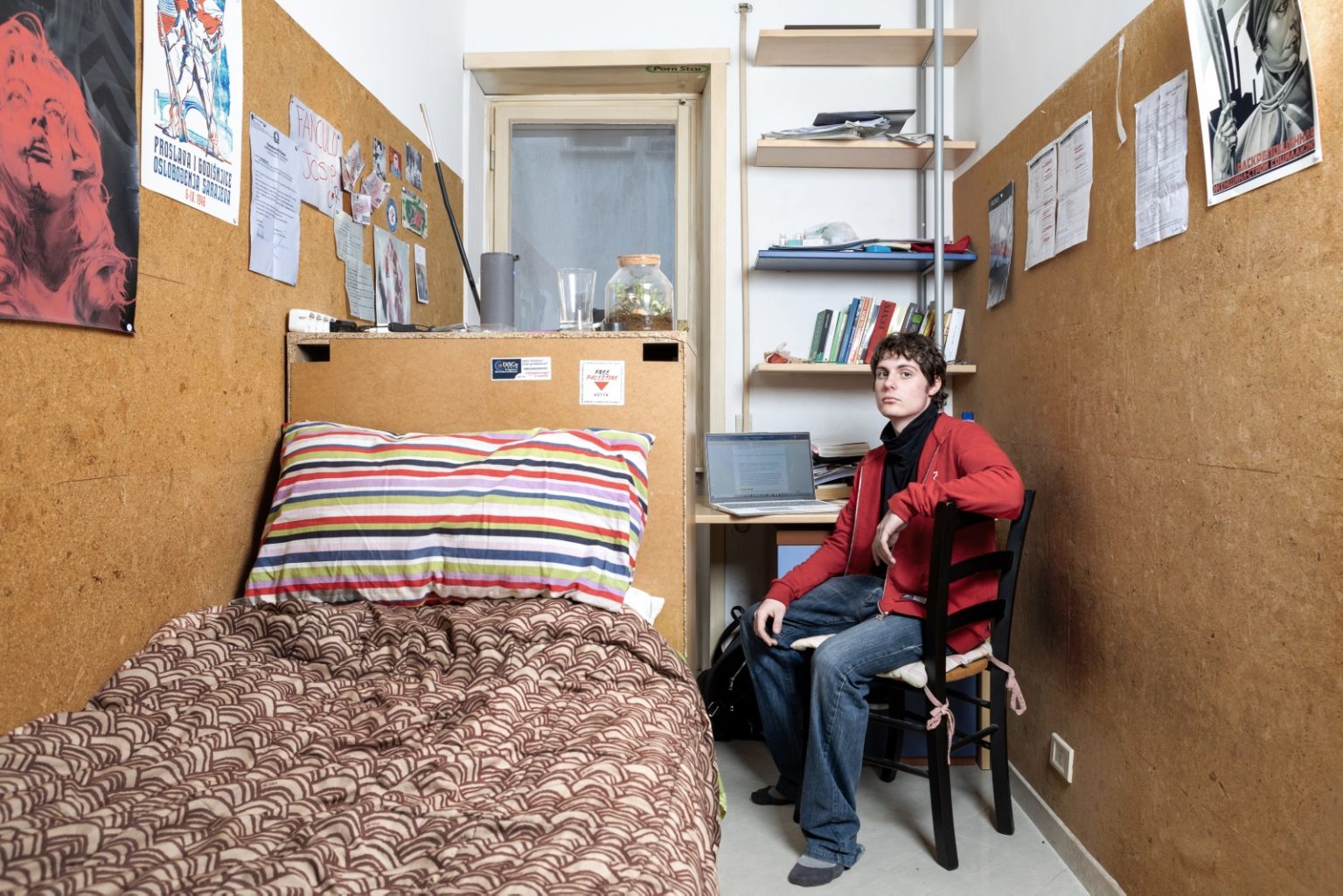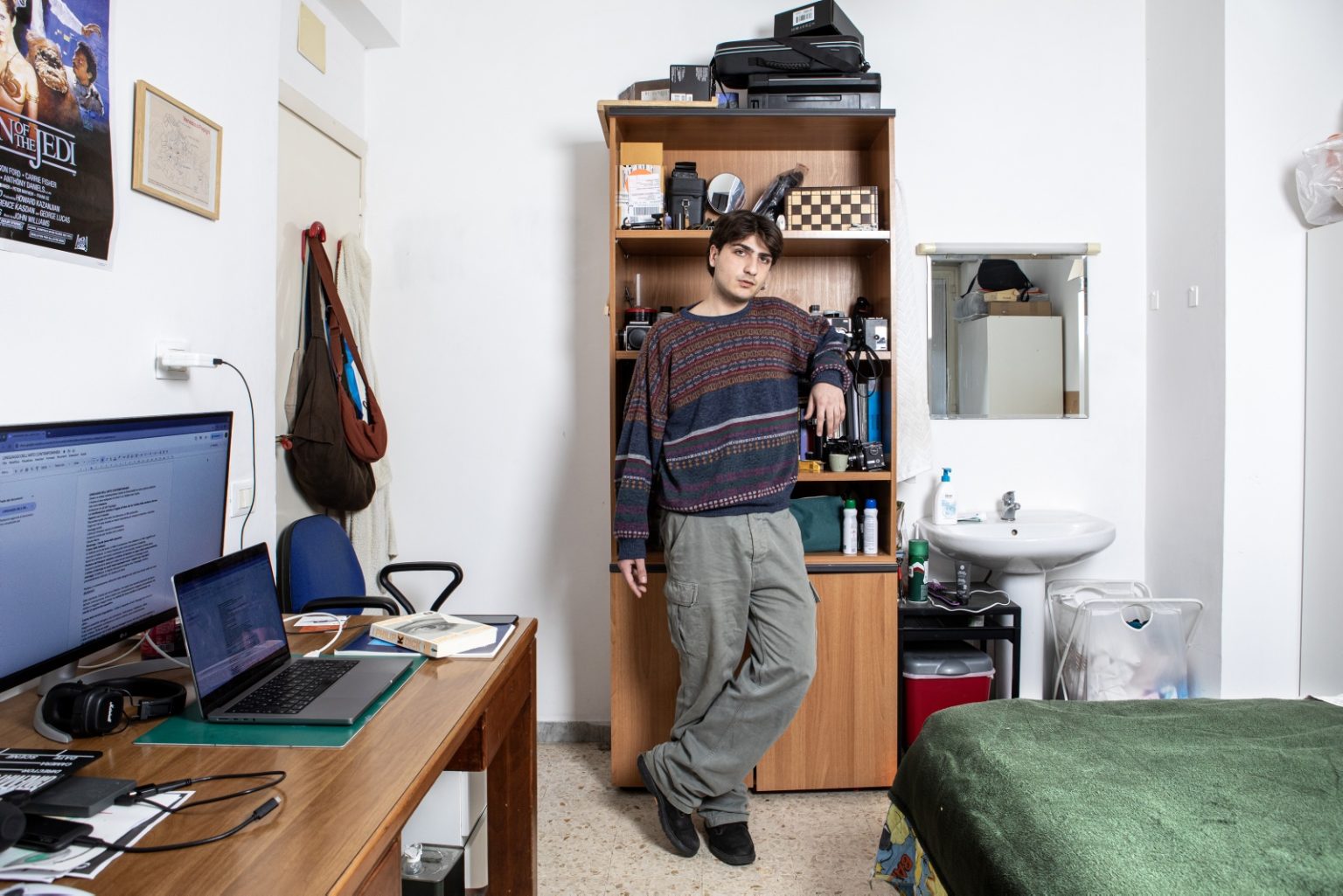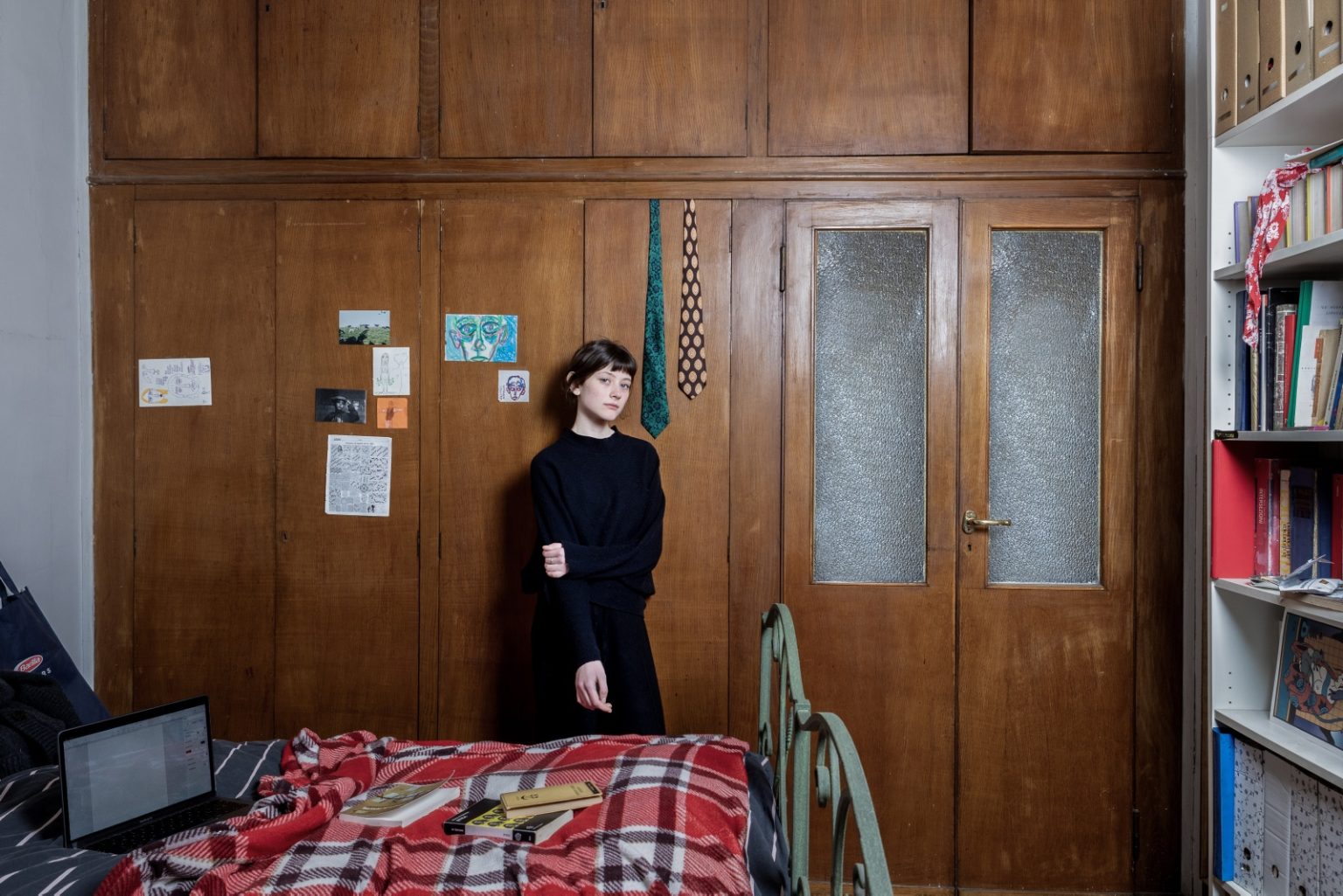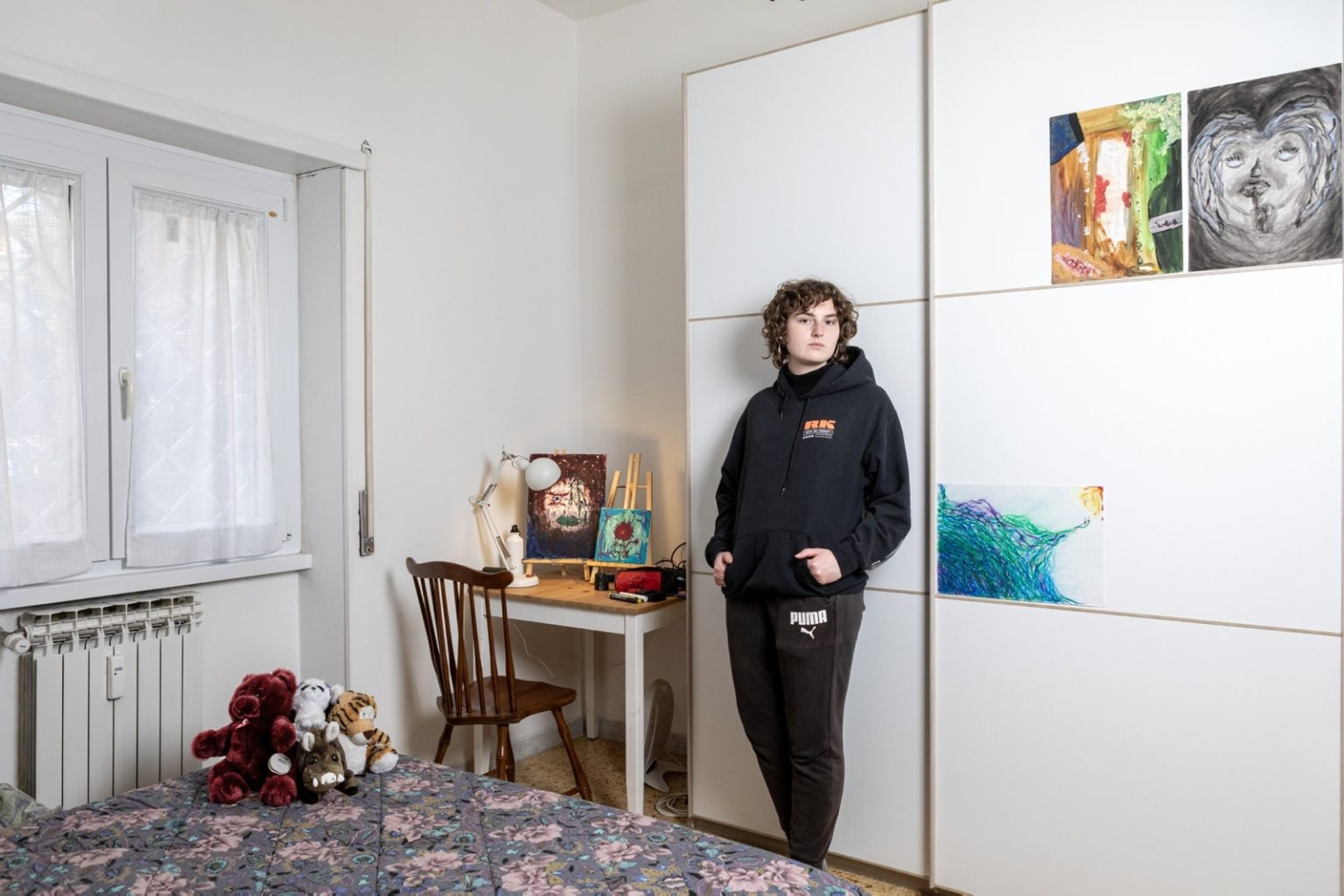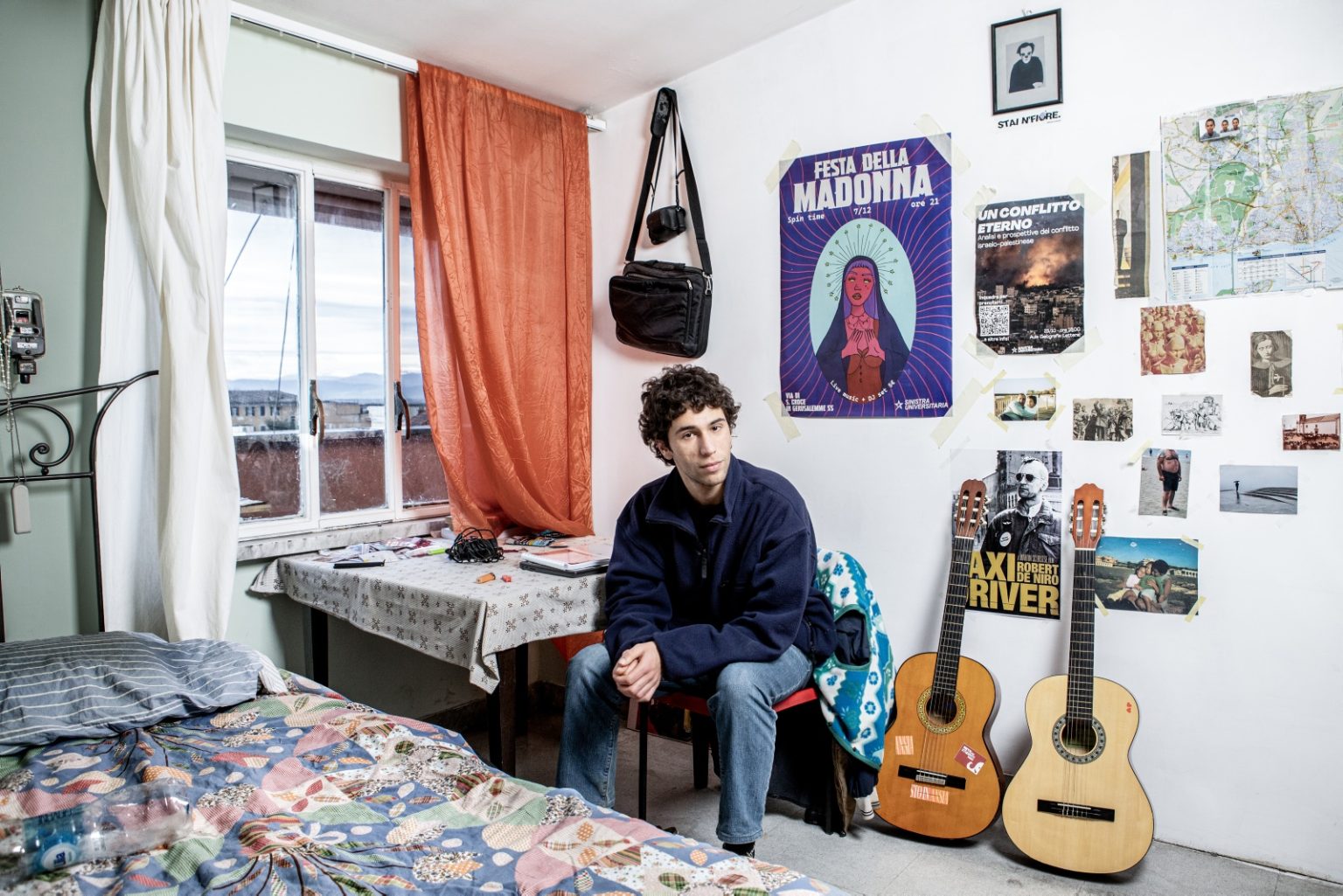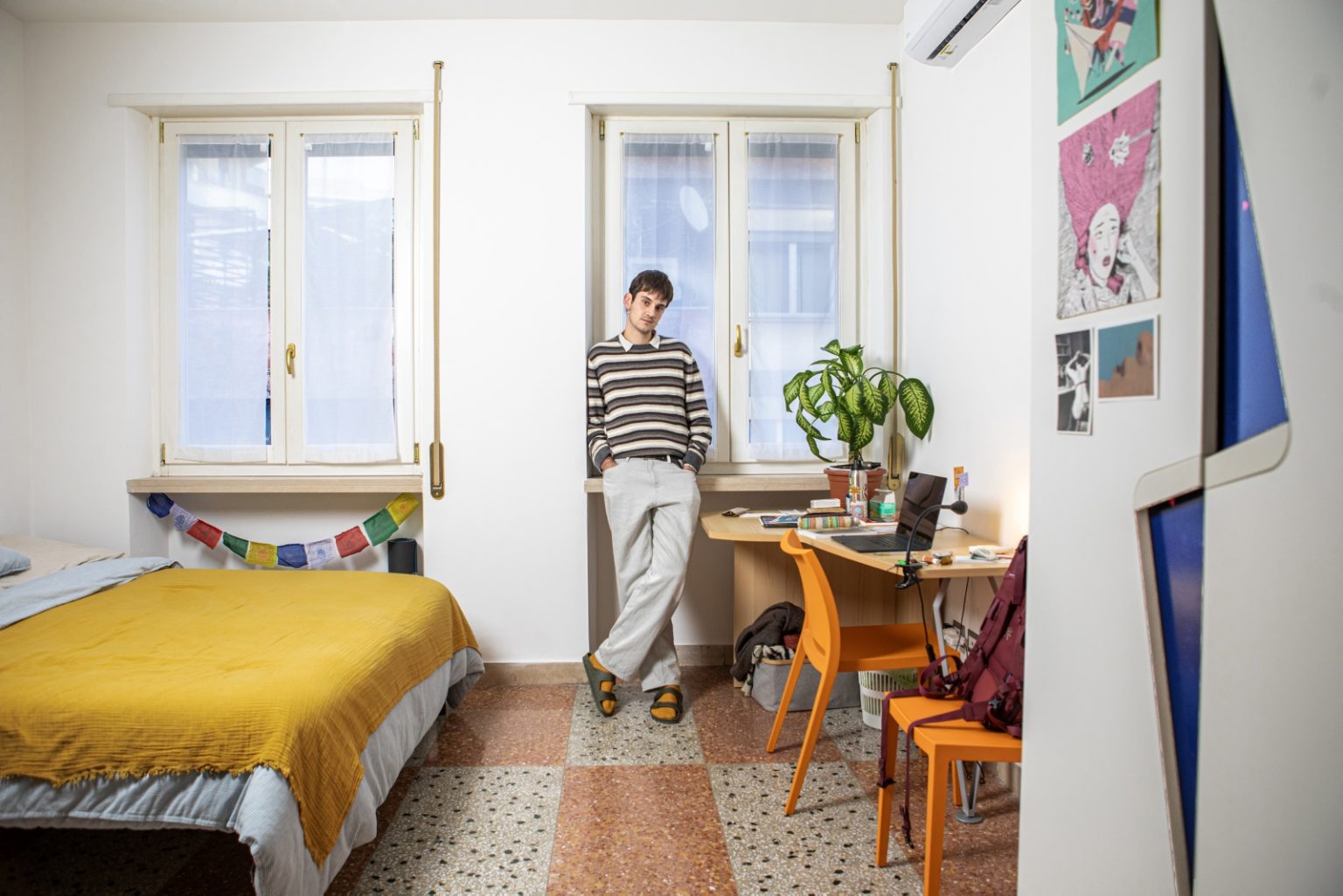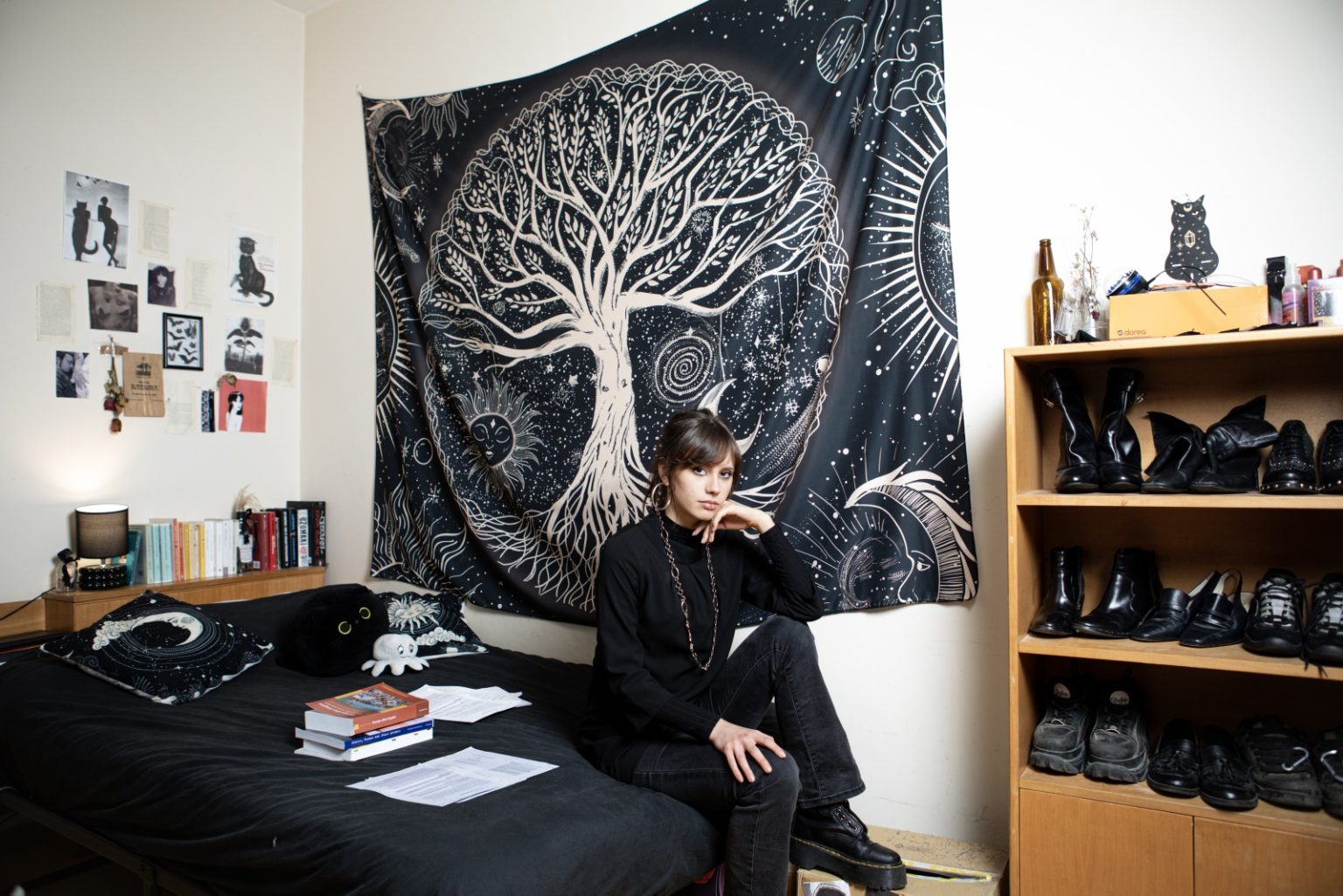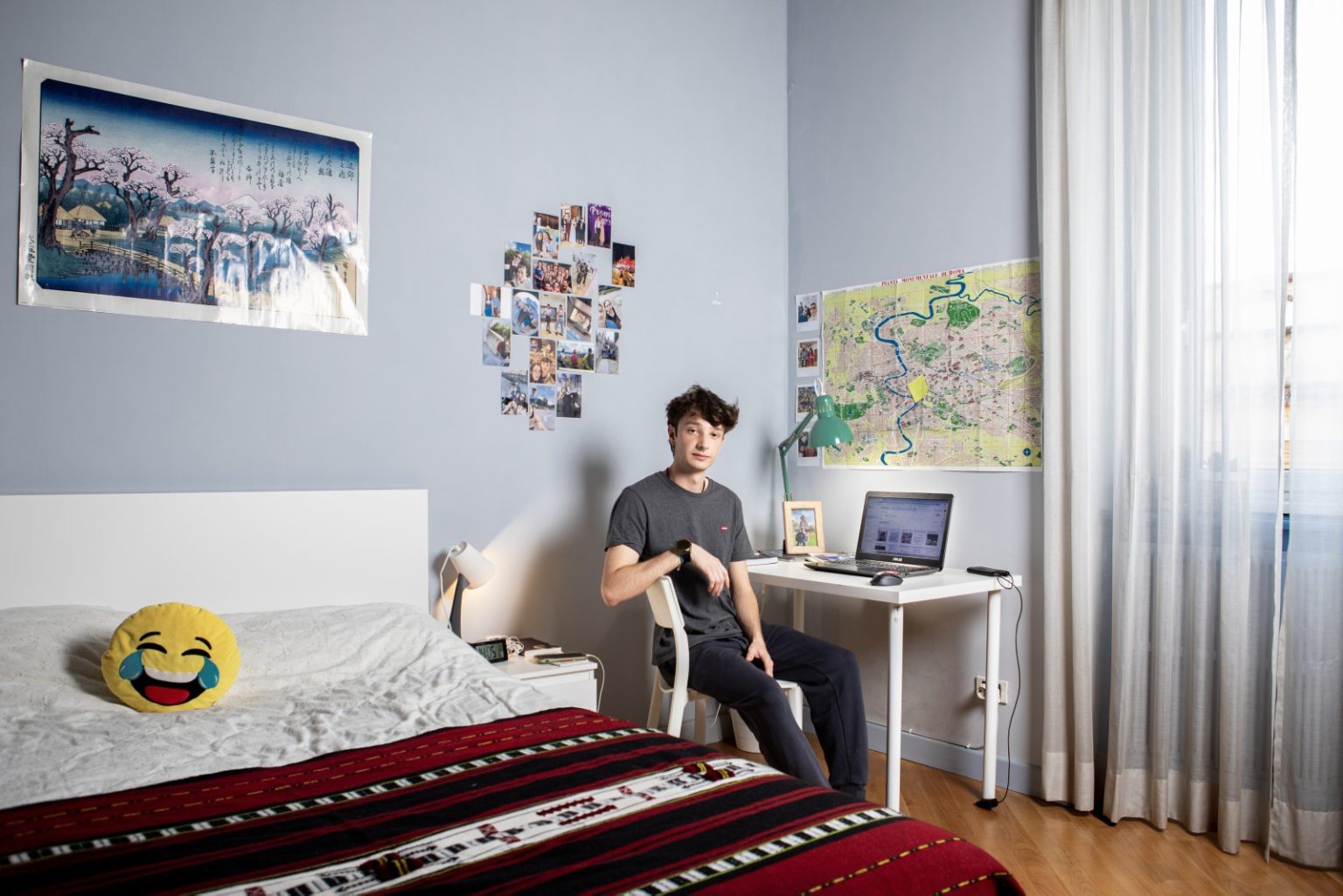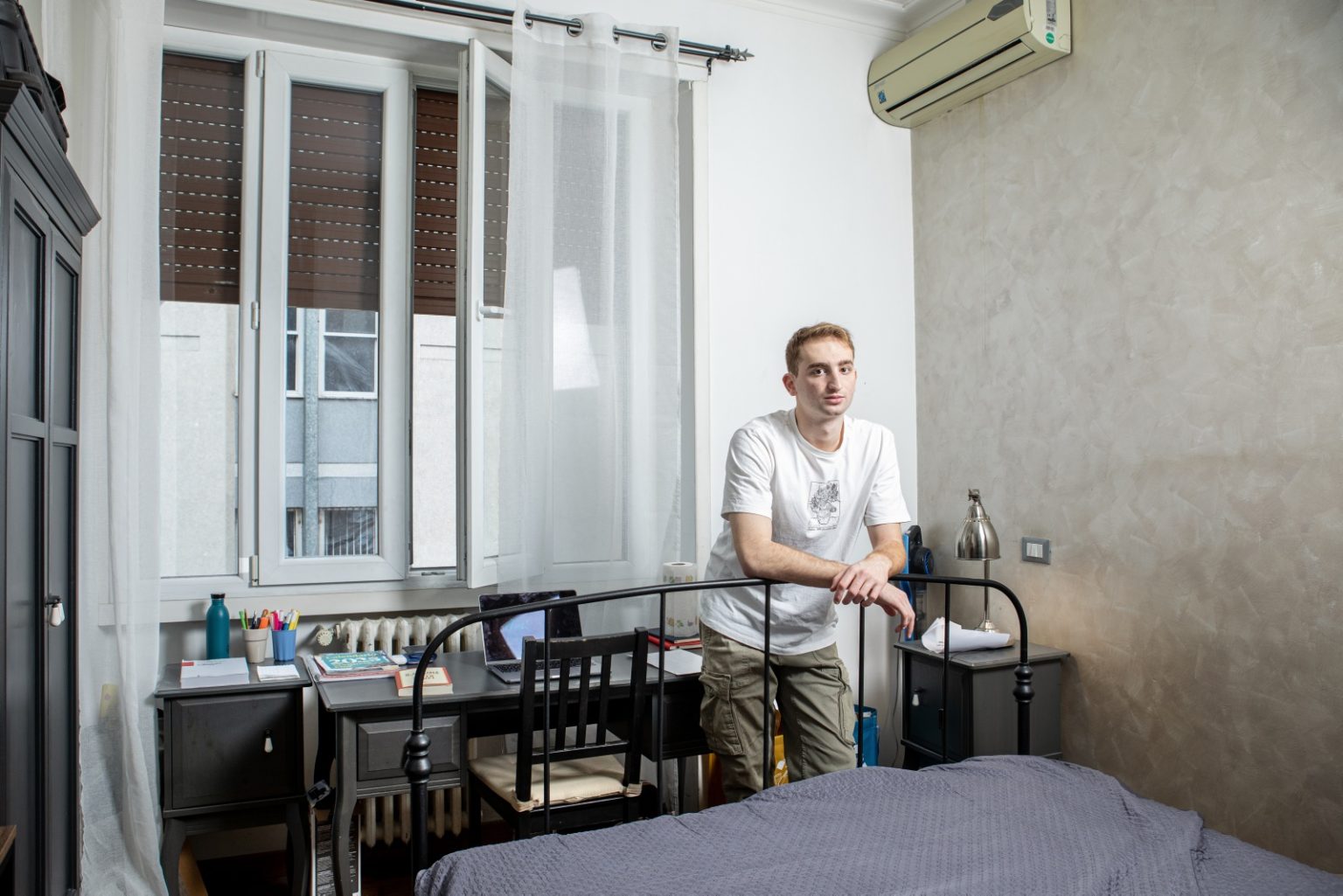Out of town students
Living and studying in the same city is increasingly a luxury for out-of-town students. The housing emergency, already highlighted by the tent protests, continues to hit hard, with 62% of students claiming difficulty in finding accommodation, according to a Udu survey in collaboration with CGIL and Sunia. For many, renting a room or a bed represents up to 80% of their monthly budget.
Rental costs in the main university cities are prohibitive: in Milan they pay between 400 and 700 euros for a bed or a single room, in Rome between 300 and 700 euros. The private market, characterised by irregularities and poor regulation, is further aggravated by overtourism and the growth of short rentals through platforms such as Airbnb. This not only limits the right to study, but makes public housing policies and an expansion of university housing necessary.
In 2023, single room prices rose by 7% nationwide, driven by a 27% increase in demand. Milan remains the most expensive city, with an average of EUR 637 per month for a single room and peaks of EUR 747 in the central districts. However, rising costs have caused demand to fall by 1%. The situation was opposite in Rome, where demand grew by 62% despite an average increase in rents of 9%, to over EUR 500 per month. Other cities such as Bologna (506 euros), Venice (417 euros) and Padua (440 euros) follow the same trend, with significant annual increases.
The growth of short-term rentals is one of the main causes of the problem. A recent study shows that a 1% increase in Airbnb ads corresponds to a 5.7% increase in residential rentals. In Italy, the National Identification Code (CIN) for short rentals was introduced on 1 September, which aims to regulate the sector and limit its negative effects on the housing market.
The consequences of this crisis are serious: more and more students are abandoning the big cities, preferring to enrol in universities in the south and on the islands, where costs are lower. According to Censis, enrolments in these areas have increased by 4.2%, while they are falling by 2.5% in the North-West and by 3.6% in the Centre. The University of Calabria, for example, excels among the large Italian universities for services and scholarships, attracting a growing number of students.
The introduction of regulations such as the CIN is a first step, but more incisive measures, such as an expansion of university residences, are needed to address a problem that jeopardises the future of thousands of out-of-town students and workers.

